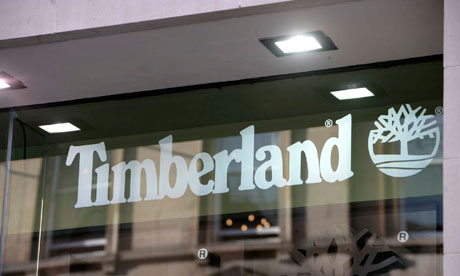Many large firms do or pretend to carry a shared value in its business model whether as a part of its responsibility to contribute to the society or as a part of its marketing campaigns. The article on Timberland’s attempt to show its opposition to child labor and its effort to improve work conditions of the employees appears to be the latter case. The way Timberland did so was by enabling local cluster development. Timberland worked outside of its firm to provide secure environment work space for its employees by having the All-China Women’s Federation to provide daycare service and education for its employees’ children. In India, the firm invested money on water projects so that not only its workers, but also other people in the city could have fresh, clean water supplied.
Timberland made a great move of having its shared value known to the world through this strategy. The return may not be so evident in the short-run, but the company’s shared value will certainly differentiate it from other shoe manufacturers. Customers will be assured that their shoes are made by the firm that “cares”. Also, assisting with the improvements of life standards of the workers will certainly bring long-term returns to the company.
One of the blogs I found discussed about Timberland’s sustainability project of planting two million trees in Haiti. This blog post just comes to show how both Timberland’s brand positioning as a eco-friendly firm and its marketing strategy are working.

(image from http://www.theguardian.com/sustainable-business/timberland-better-life-factory-workers-children)
Kaye, L. (2012 , July 5). How timberland is building a better life for factory workers’ children. Retrieved from http://www.theguardian.com/sustainable-business/timberland-better-life-factory-workers-children
